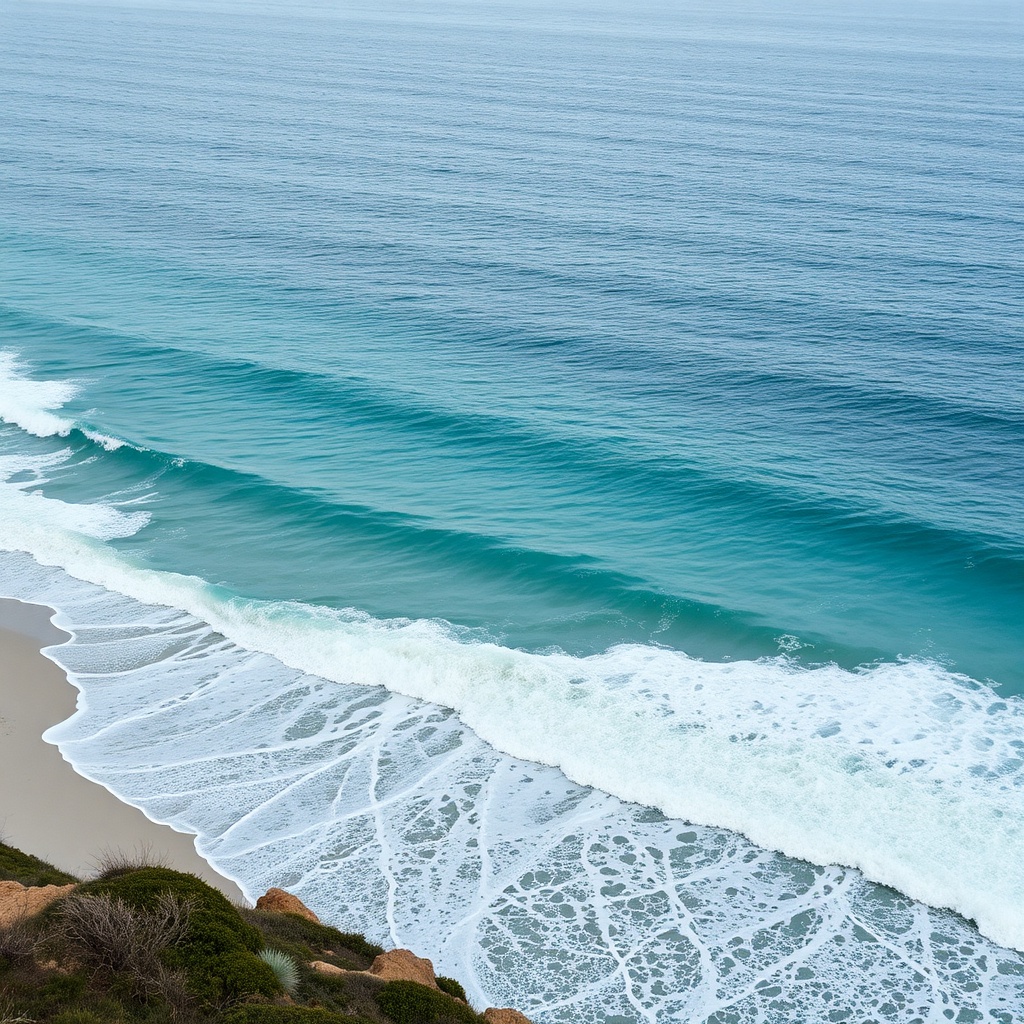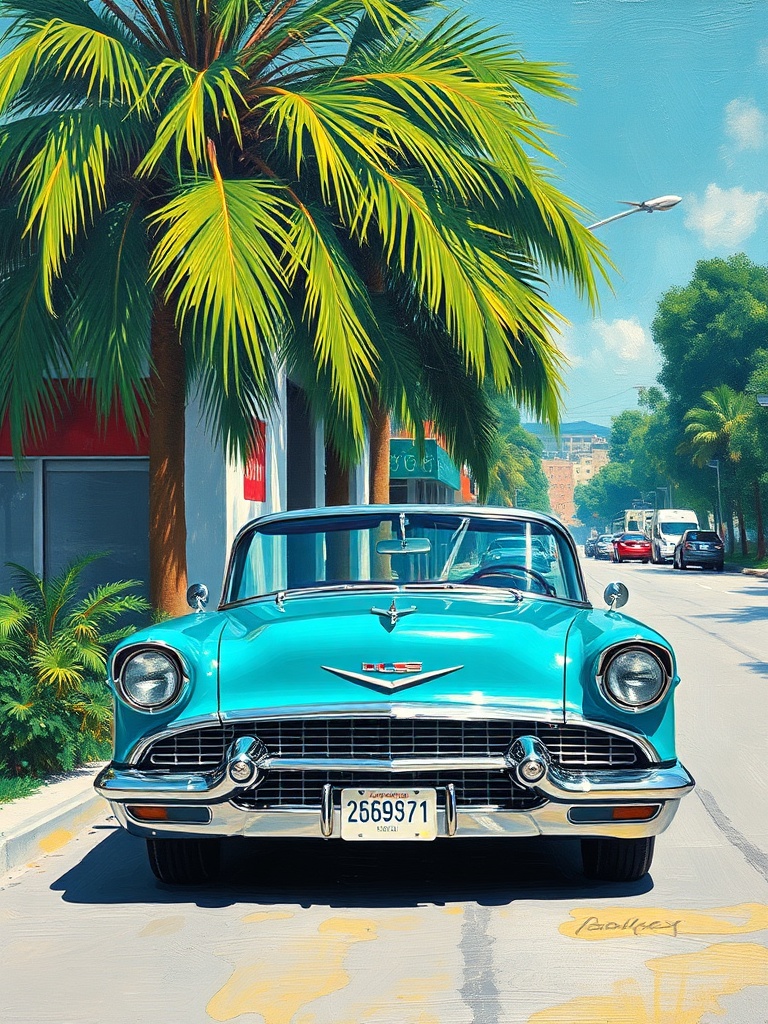How Celebrities Shape Culture: Influence, Responsibility, and the Business of Fame
Celebrities do more than entertain — they set trends, influence social conversations, and drive commercial behavior.
Understanding how fame translates into cultural power helps fans, brands, and creators navigate a landscape where visibility equals influence.
Visibility and the speed of trendsetting
Social platforms amplify celebrity actions. A single post can spark global fashion trends, revive vintage aesthetics, or send demand surging for a niche product.
This speed makes celebrities important taste-makers for industries from beauty and fashion to food and travel. For brands, partnering with the right public figure can accelerate awareness and convert audiences quickly, but authenticity matters more than ever; audiences detect staged endorsements and reward genuine connection.
The new rules of celebrity branding
Modern celebrities are brands unto themselves. Many cultivate niche personalities—whether focused on wellness, activism, or style—and monetize that position through product lines, collaborations, and exclusive content. Successful celebrity brands follow a few consistent rules:
– Clear niche: Focus on a specific identity or expertise.

– Consistent storytelling: Share a coherent narrative across channels.
– Quality and control: Maintain high standards for products and partnerships.
– Audience engagement: Treat followers as community members, not just metrics.
Activism, impact, and accountability
When public figures speak on social issues, their reach can mobilize resources and raise awareness. High-profile endorsements of causes often lead to increased donations, legislative attention, and media coverage. However, the intersection of celebrity and activism also raises questions about performative gestures versus sustained commitment.
Lasting impact tends to come from long-term involvement, transparency about outcomes, and collaboration with established organizations.
Privacy, boundaries, and mental health
The boundary between public and private life is increasingly blurred.
Constant scrutiny and relentless content demands can affect mental health for both celebrities and their teams. There’s growing emphasis on setting boundaries—limiting access to personal moments, managing public narratives, and prioritizing mental wellness. Fans and media outlets that respect boundaries tend to foster healthier relationships with the public figures they follow.
Economic ripple effects
Celebrity endorsements influence markets beyond direct sales.
A mention by a recognizable figure can affect stock prices for publicly traded brands, boost small businesses overnight, and shape tourism patterns when personalities share travel experiences. This economic sway places responsibility on celebrities to consider the potential consequences of their recommendations and public statements.
What fans and brands should look for
For fans: Appreciate creativity and be mindful of the pressures fame brings. Supporting ethical initiatives and holding public figures accountable when necessary helps maintain a healthier culture.
For brands: Prioritize long-term alignment over short-term metrics. Vet partnerships for authenticity and shared values, and measure success using engagement quality, not just reach.
For celebrities: Invest in trustworthy teams, maintain clear boundaries, and build brands that reflect genuine passions. Sustainable influence grows from consistency, transparency, and a clear value proposition to audiences.
The evolving relationship between fame and influence keeps shifting with platforms, audience expectations, and cultural priorities. While celebrity power can catalyze positive change, it works best when combined with responsibility, authenticity, and respect for boundaries.
Observing these dynamics helps everyone—fans, brands, and creators—make smarter choices about how fame is used and experienced.






